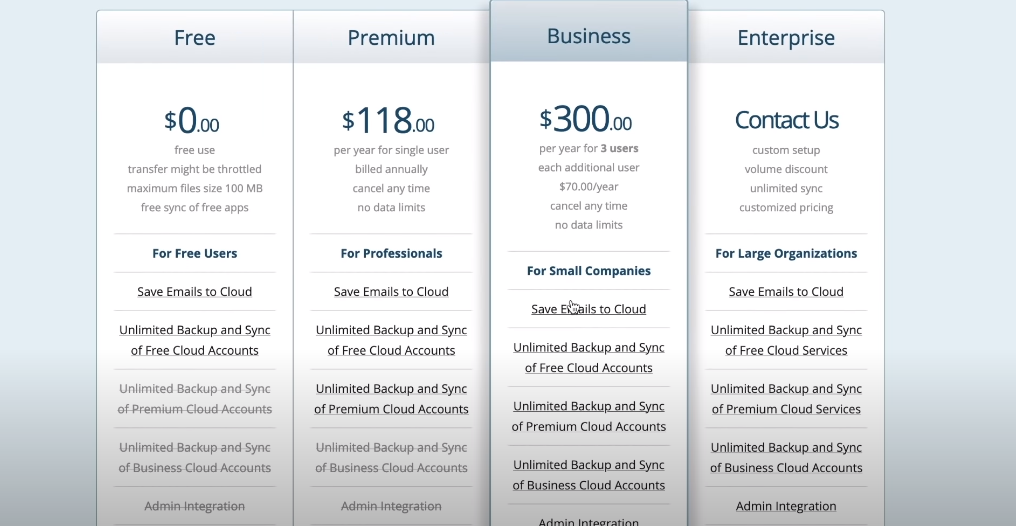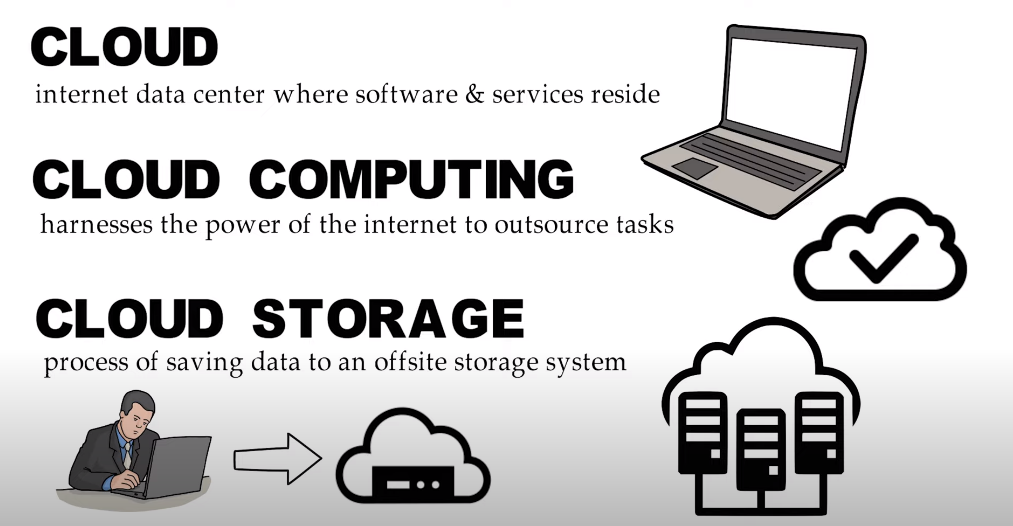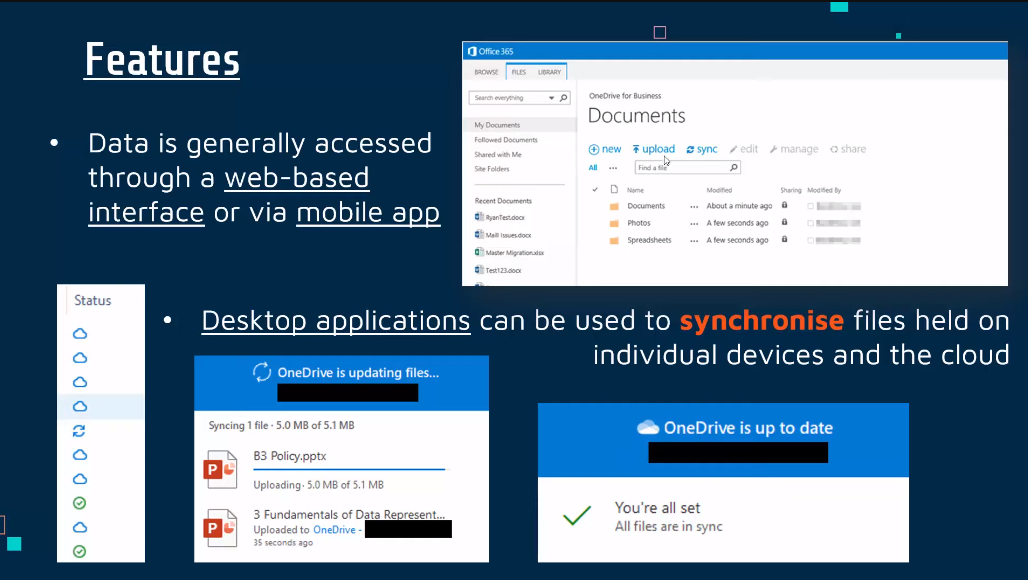Encryption And Its Role in Data Protection
Encryption is the process of converting plain text or data into a coded language that can only be understood by authorized parties who have the necessary keys or passwords to decrypt the information. It is used to protect sensitive information from unauthorized access or theft. Encryption works by using an algorithm to scramble the data so that it becomes unreadable to anyone who does not have the key to unlock it. The key is a unique code that is needed to decrypt the information and turn it back into its original form.
Can Encrypted Data be Uploaded?
Yes, encrypted data can be uploaded to a server or cloud storage. However, it will remain encrypted and unreadable until it is decrypted with the correct key or password. It is important to ensure that the encryption method used is strong enough to protect the data from being compromised during transmission or storage. Additionally, it is crucial to keep the decryption key or password secure and only share it with authorized parties who need access to the encrypted data.
Challenges of Uploading Encrypted Files
Several challenges can arise when uploading encrypted files to a server or cloud storage. One of the main challenges is ensuring that the encryption method used is compatible with the storage platform being used. For example, some cloud storage providers may have specific encryption requirements that need to be met to ensure the security of the data.
Impact on Data Integrity and Accessibility
When uploading encrypted files, there can also be an impact on data integrity and accessibility. If the encryption key is lost or forgotten, the data may become inaccessible, even to the person who uploaded it. Additionally, if the encryption method used is not compatible with the software or hardware used to access the data, it may not be possible to decrypt and access the files. This can lead to data loss or corruption, which can be a significant challenge for businesses and individuals alike.
Techniques For Uploading Encrypted Data
When uploading encrypted data, several techniques can be used to ensure the data remains secure and accessible. One technique is to use a secure file transfer protocol (SFTP) or a secure hypertext transfer protocol (HTTPS) to transfer the data. This helps to ensure that the data is encrypted during transfer and that it cannot be intercepted by unauthorized parties. Another technique is to use a cloud storage service that offers end-to-end encryption.
Encrypted Data and Cloud Storage

When it comes to storing encrypted data, cloud storage services can be a great option. With end-to-end encryption, the data is encrypted before it leaves your device and remains encrypted while it’s stored in the cloud. This helps to ensure that even if the cloud storage provider experiences a data breach, your data remains secure and inaccessible to unauthorized parties.
Storing Encrypted Data in the Cloud
It can also provide added convenience, as you can access your data from anywhere with an internet connection and easily share it with others. If you’re looking for a cloud storage service that offers end-to-end encryption, there are several options available. One popular choice is Sync.com, which offers zero-knowledge encryption and a variety of plans to suit different needs. Another option is pCloud, which also offers client-side encryption and a user-friendly interface.
Benefits And Risks of Cloud Storage

Cloud storage offers numerous benefits, such as easy accessibility, scalability, and cost-effectiveness. With cloud storage, you can access your data from anywhere with an internet connection, and you don’t need to worry about maintaining your hardware. Additionally, cloud storage providers typically offer various plans and pricing options, so you can choose the one that best fits your needs and budget.
Enhancing Security With Client-Side Encryption

Client-side encryption is a method of encrypting data before it is uploaded to the cloud storage provider. This provides an extra layer of security, as the data is encrypted with a key that only the user knows. Even if the cloud storage provider’s security is breached, the data remains encrypted and inaccessible without the user’s key. However, there are also some risks associated with cloud storage. One major concern is the potential for data breaches and unauthorized access.
Securing Encrypted Data on Remote Servers
Encrypting data before uploading it to a cloud storage provider is a good practice to ensure the security of your data. It provides an additional layer of protection, making it harder for unauthorized users to access your sensitive information. However, it’s important to note that encryption alone is not enough to guarantee complete security. To further secure your encrypted data on remote servers, you should consider implementing additional security measures such as two-factor authentication, access controls, and regular monitoring for suspicious activity.
Safeguarding Data During Transmission
When transmitting data, it’s important to ensure that it’s protected from interception or tampering. One way to achieve this is by using secure communication protocols such as HTTPS, SSL, or TLS. These protocols encrypt data during transmission, making it difficult for unauthorized users to intercept or modify the data. Another way to safeguard data during transmission is by using virtual private networks (VPNs). VPNs create a secure, encrypted tunnel between two devices, allowing data to be transmitted securely over the internet.
Protecting Data At Rest on Remote Servers
Protecting data at rest on remote servers is also crucial for ensuring data security. This can be achieved through the use of encryption and access control measures. Encryption involves converting data into a code that can only be accessed with a decryption key. This makes it difficult for unauthorized users to access the data even if they gain access to the server. Access control measures involve limiting access to the server and data stored on it to authorized users only. This can be done through the use of strong passwords, and multi-factor authentication.
Role of Encryption in Remote Server Security
Encryption plays a crucial role in remote server security by protecting data from unauthorized access. When data is transmitted over the internet, it is vulnerable to interception and theft. Encryption ensures that the data is protected by converting it into a code that can only be accessed with a decryption key. This makes it difficult for hackers to steal sensitive information.
When data is in transit, it is vulnerable to interception and theft. Encryption ensures that the data is protected by converting it into a code that can only be accessed with a decryption key. This makes it difficult for hackers to steal sensitive information. It is important to use strong encryption algorithms to ensure maximum security. Additionally, it is recommended to use secure communication protocols such as SSL/TLS to add an extra layer of protection.
Encryption Key Management
Encryption key management is a crucial aspect of data security. Encryption keys are used to encrypt and decrypt data, and it is important to manage them properly to ensure the security of sensitive information. Key management involves generating, storing, distributing, and revoking encryption keys. To ensure proper key management, it is important to use strong and unique encryption keys for each piece of data. Keys should be securely stored and only accessible to authorized personnel.
Implications for Data Recovery and Forensics
The use of encryption keys can have implications for data recovery and forensics. If data is encrypted and the encryption key is lost or inaccessible, the data may be permanently lost. This can be a concern for businesses and organizations that rely on data for their operations. In the case of forensics, encrypted data can make it more difficult for investigators to access and analyze information. However, encryption can also be a valuable tool for protecting sensitive information during forensic investigations.
Impact on Collaborative Work
Encryption can have both positive and negative impacts on collaborative work. On the one hand, encryption can provide a higher level of security for sensitive information shared between collaborators, protecting it from unauthorized access or interception. This is particularly important for businesses or organizations that deal with confidential or proprietary information. On the other hand, encryption can also make collaborative work more difficult, as it can create barriers to accessing and sharing information.
Role of Encryption in Cybersecurity
Encryption plays a crucial role in cybersecurity as it provides a secure way to protect sensitive data from unauthorized access. It is a process of converting plain text into a coded message that can only be deciphered with a key or password. Encryption can be used to protect data both in transit and at rest, making it an essential tool for securing information in today’s digital age. In addition to protecting data from unauthorized access, encryption can also help prevent data breaches and cyber-attacks.
Challenges and Limitations of Encrypted Data
Encryption technologies have come a long way in recent years, but there are still some challenges and limitations to consider. One challenge is the potential for key management issues, as encryption keys must be securely stored and managed to ensure data remains protected. Additionally, some encryption methods may be vulnerable to attacks from quantum computers, which could potentially break traditional encryption methods. Another limitation is the potential impact on performance, as encryption and decryption can require additional processing power and may slow down data transfer rates.
FAQs
Is It Legal to Upload Encrypted Data?
Yes, it is generally legal to upload encrypted data. However, it is important to ensure that the encryption method used is legal and does not violate any applicable laws or regulations. Additionally, it is important to consider the potential impact on data privacy and security, as encrypted data may still be vulnerable to attacks if encryption keys are not properly managed or if encryption methods are compromised.
What Happens If I Lose the Encryption Key?
If you lose the encryption key for your data, you may not be able to access or decrypt the data. This can be a significant problem, especially if the data is important or sensitive. In some cases, it may be possible to recover the encryption key through data recovery services or by using specialized software tools. However, this can be a time-consuming and expensive process, and there is no guarantee that the key can be recovered.
Are There Any Downsides to Encrypting Data?
Yes, there can be downsides to encrypting data. One downside is that encryption can slow down the process of accessing and manipulating data, as the encryption and decryption process requires additional processing power. This can be particularly noticeable when working with large amounts of data.
Another downside is that if you forget or lose the encryption key, you may not be able to access your data. This is why it’s important to keep the encryption key in a safe and secure location.
How Do I Ensure The Privacy of My Encrypted Data?
To ensure the privacy of your encrypted data, it’s important to follow these best practices:
- Use a strong and unique encryption key: Use a long and complex passphrase or password that is not easy to guess. Avoid using common words or phrases and do not reuse the same key for multiple files.
- Store your encryption key securely: Keep your encryption key in a safe and secure location, such as a password manager or a hardware security module.
Conclusion
By following these best practices, you can ensure the privacy and security of your encrypted data. It’s important to remember that encryption is not foolproof and can be vulnerable to attacks if not implemented properly. Regularly updating your encryption key and staying informed about the latest security threats can help you stay ahead of potential risks.
